

Max Davies
2026 Toyota HiAce review
5 Hours Ago
French cars are a little left-field for many Australian buyers, but the Peugeot 3008's show-stopping style gives buyers a compelling reason to take the plunge.
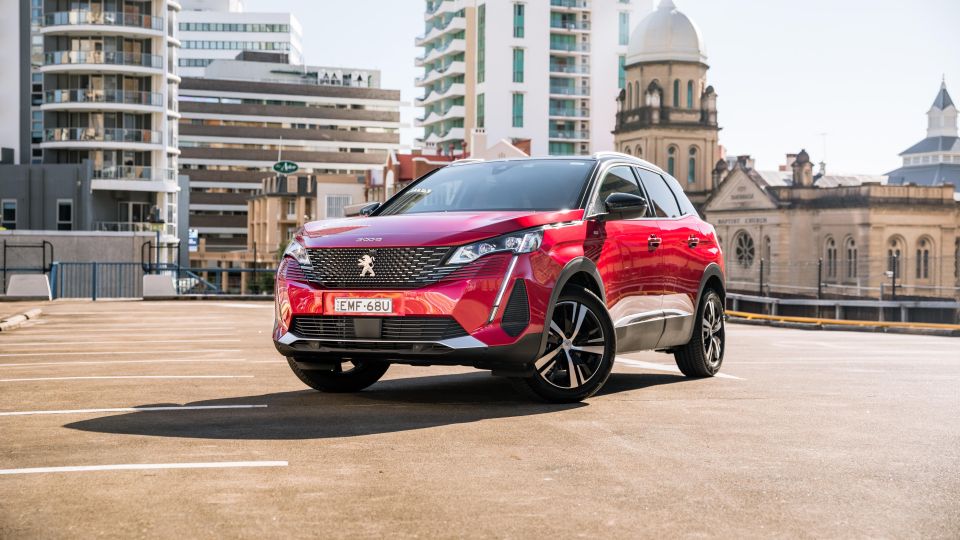
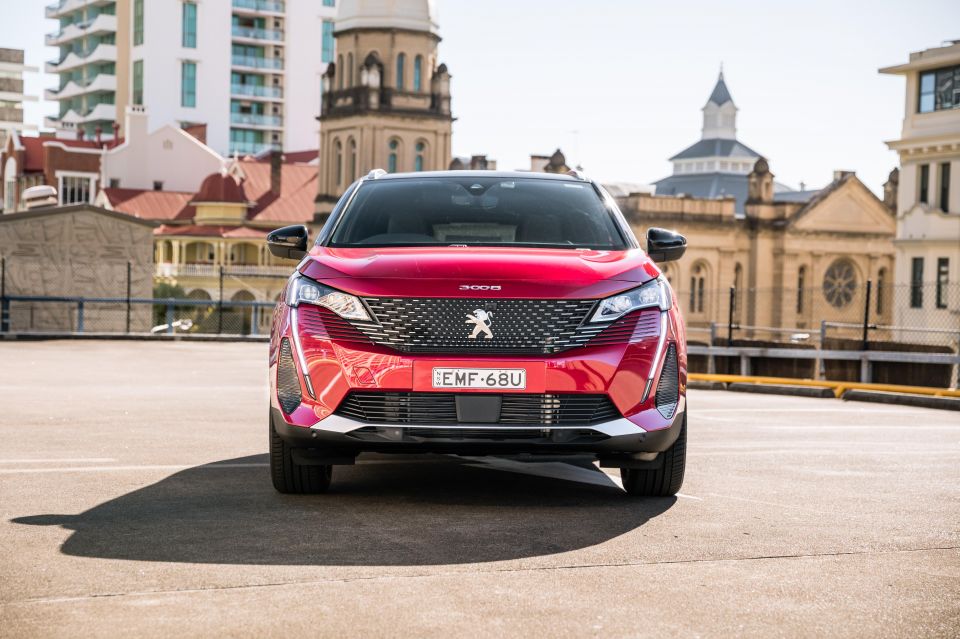

News Editor
New from
$44,990
excl. on-roads

News Editor
New from
$44,990
excl. on-roads


News Editor
New from
$44,990
excl. on-roads

News Editor
New from
$44,990
excl. on-roads
Quickly see how this car stacks up against its competition. Select any benchmark to see more details.
Where expert car reviews meet expert car buying – CarExpert gives you trusted advice, personalised service and real savings on your next new car.
French cars were long ago overtaken by the Japanese, Korean and Chinese here in Australia.
They often fall into what I call the French car trap. They’re either too quirky, alienating conservative buyers if delighting their core supporters, or they’re not quite interesting enough, which potentially alienates core supporters while giving everybody else no clear reason to take the plunge.
Peugeot has been trying something a little different lately, particularly with its design language. After lurching from pretty (1990s) to grotesque (early 2000s) to handsome if generally inoffensive (2010s), the latest crop of Peugeots might just be the most stylish Pugs since the days of the Pininfarina-designed 406 Coupe.
While there’s a gorgeous flagship 508 hatchback and wagon here now and a new generation of 308 small car coming soon, the brand’s most important model is the 3008 mid-sized SUV.

First introduced in 2017, it’s been treated to a mid-cycle facelift. The designers haven’t messed with its exterior styling – distinctive, but not so quirky it offends – and have given it a new front-end appearance to align it with the equally important, all-new 2008 small SUV, including a ‘frameless’ grille and plunging, LED daytime running light and indicator assemblies.
There’s also an updated 5008 SUV, the Volkswagen Tiguan Allspace to the 3008’s Tiguan. Suffice it to say, Peugeot has come a long way since restyling Mitsubishi Outlander and ASX crossovers.
Perhaps what’s most noticeable about Peugeot’s new vehicles is how premium they look. These don’t look like rivals to most mainstream mid-sized SUVs, and instead they look like they can breathe the more rarified air of Audis and Volvos.
It’s good they look the part because, with Peugeot’s current pricing, that’s exactly the competitive set the 3008 is lurching towards in price.
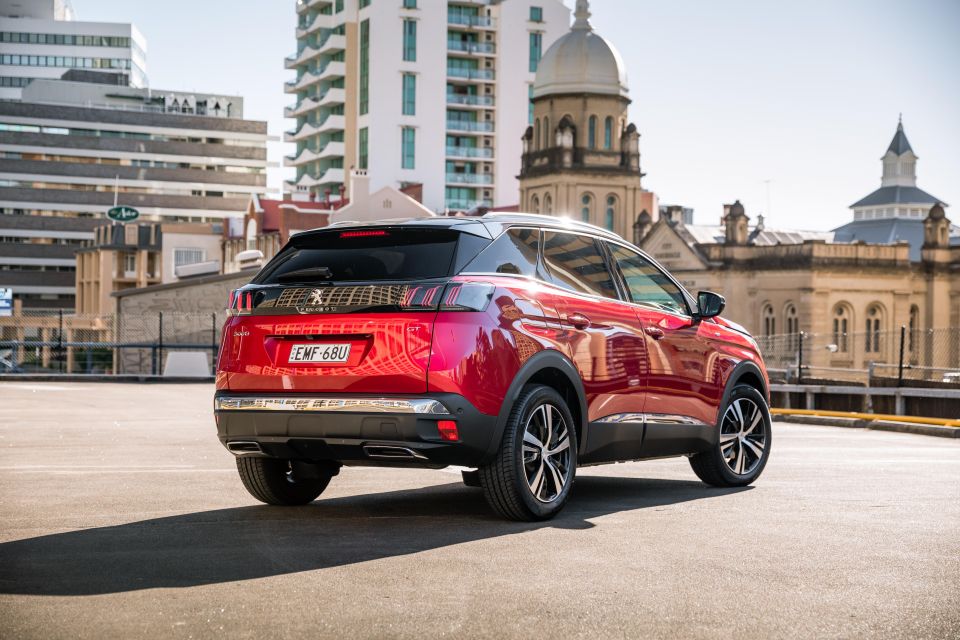
The 2021 Peugeot 3008 range opens with the Allure at $44,990 before on-road costs. You’ll notice that price is around where some rivals top out – a flagship Nissan X-Trail with all-wheel drive costs $45,965 before on-roads.
Stepping up to the GT petrol raises the price by $3000 to $47,990 before on-road costs. Another $3000 adds a turbo-diesel powertrain, while the range is topped by the petrol GT Sport at $54,990 before on-roads.

Metallic and premium paint are $690 and $1050 respectively; our tester was painted in premium Ultimate Red. Our 3008 also included a $3590 option pack, bringing the grand total to $52,630 before on-roads.
For context, the Audi Q3 starts at $46,950 before on-roads, though it’s a bit more stingy with its standard features. A Mazda CX-5 2.5T Akera AWD isn’t, however, and costs less at $51,880 before on-roads while offering more performance and all-wheel drive.
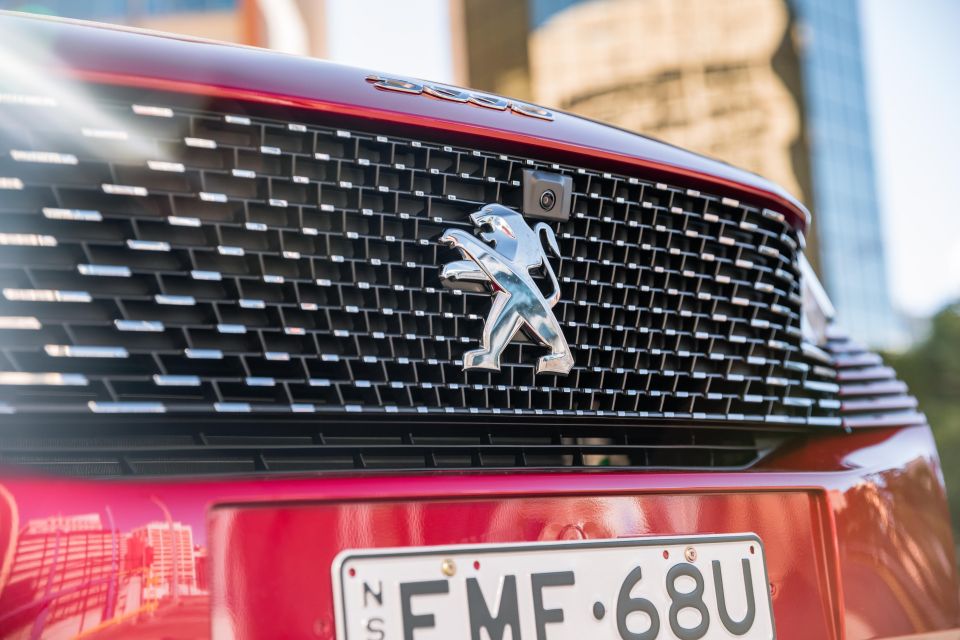
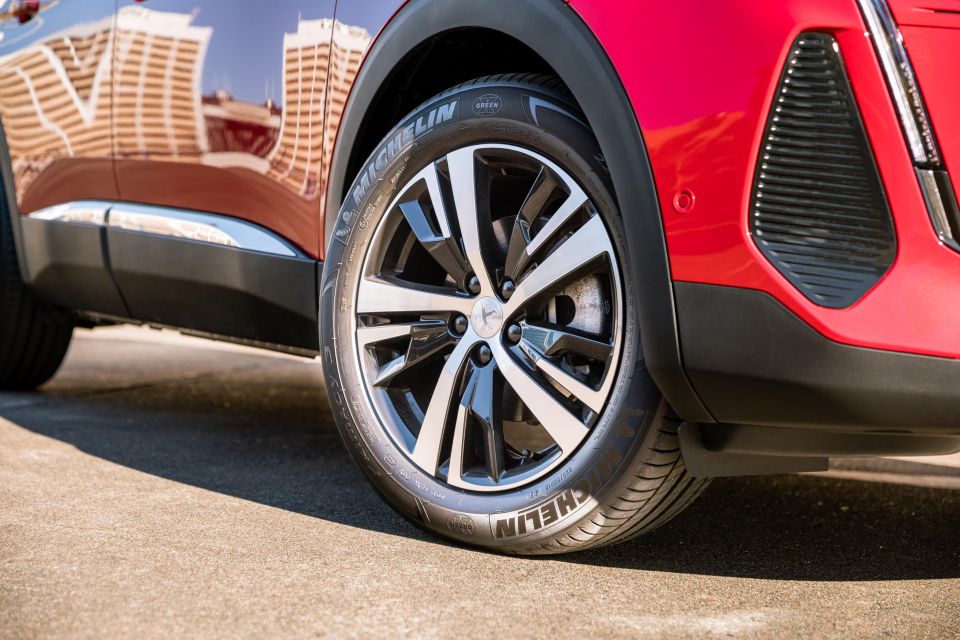
Buy your new car without the stress. It's fast, simple and completely free.

Great service from Travis and team, second time I have used this business would not hesitate to recommend them to anyone
Craig C.
Purchased a Ford Ranger in Sunshine Coast, QLD
CarExpert helped Craig save thousands on his Ford Ranger, now let us save you on your next new car.
Find a dealIn the 3008’s defence, it packs plenty of standard kit right from the base model. This includes:
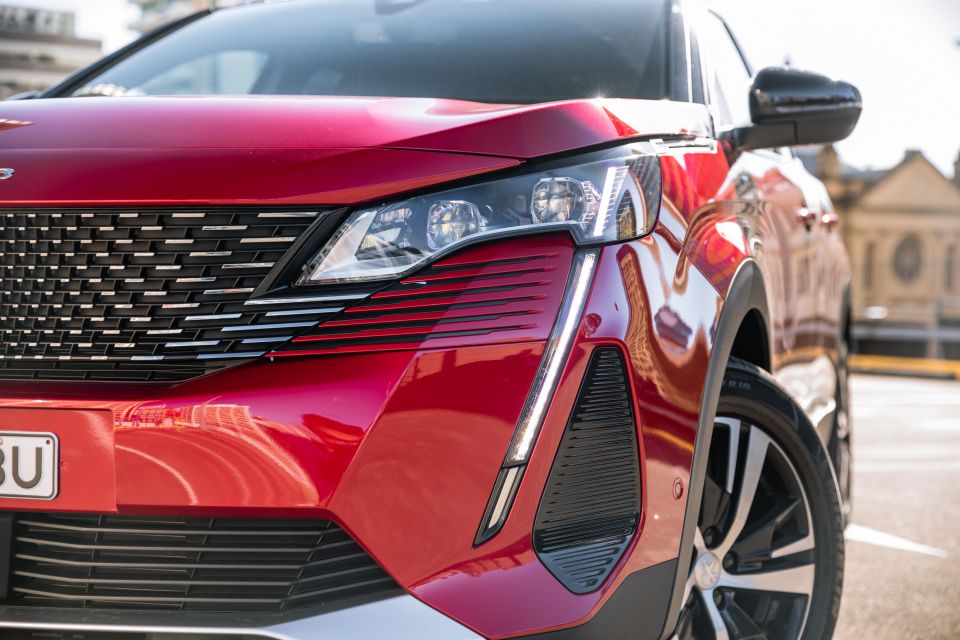
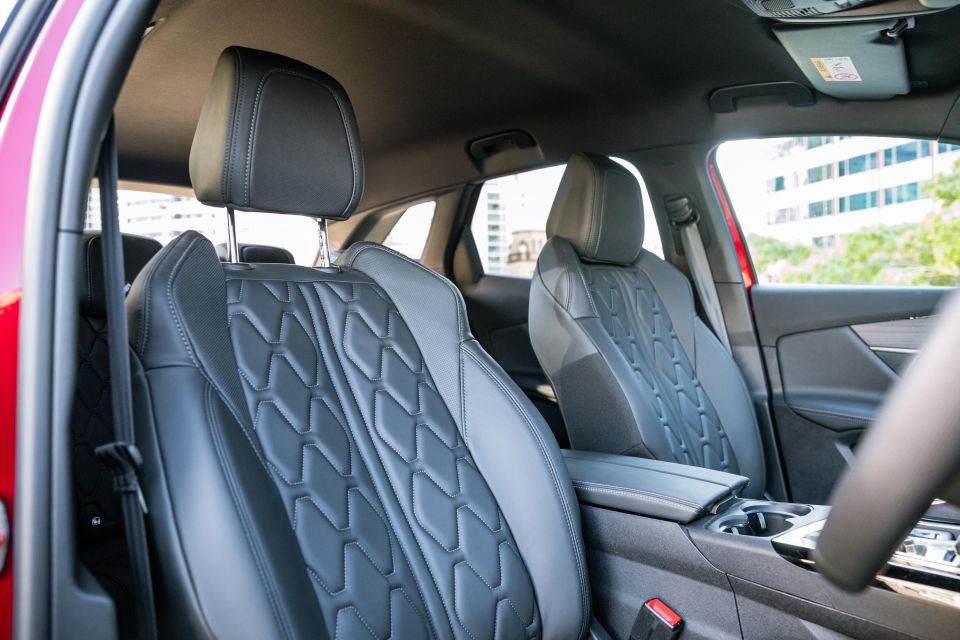
The GT adds adaptive LED headlights with static cornering lights, as well as leather and Alcantara upholstery on the seats, dash and doors.
The $3590 option pack drops the Alcantara but adds quilted Nappa leather upholstery for the seats and Lime Wood for the dash. The front seats are also heated, while the driver’s seat gets eight-way power adjustment and massaging functionality.
Nappa leather upholstery and a massaging driver’s seat are features you’d be hard-pressed to find in some luxury SUVs, let alone mainstream rivals. Peugeot’s trying to back up its somewhat lofty pricing with some substance, then.
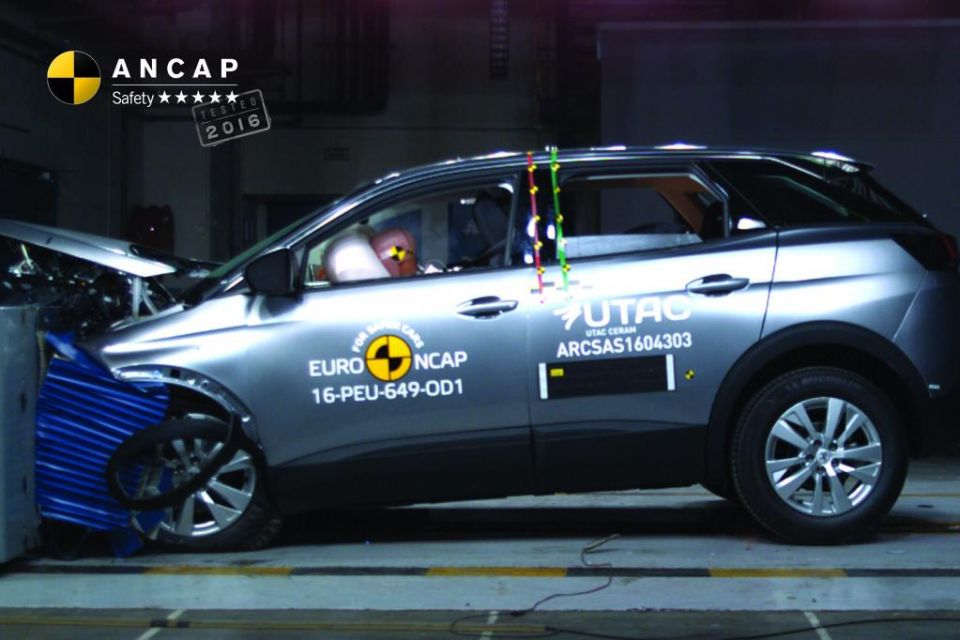
The 3008 has a five-star safety rating from ANCAP based on testing conducted in 2016.
It received an adult occupant protection score of 86 per cent, child occupant protection of 85 per cent, pedestrian protection of 67 per cent and safety assist of 58 per cent.
The 3008’s list of standard safety equipment includes:

GT diesel models also add stop/go functionality to the adaptive cruise control, plus lane-positioning assist, but the GT petrol misses out on these – it’s only available with models fitted with an eight-speed auto.
The autonomous emergency braking system works between 10 and 140km/h if it detects a moving vehicle, though it’ll only brake at speeds of up to 80km/h if it detects a stationary vehicle or cyclist.
The car will detect and brake for pedestrians at speeds of up to 60km/h.
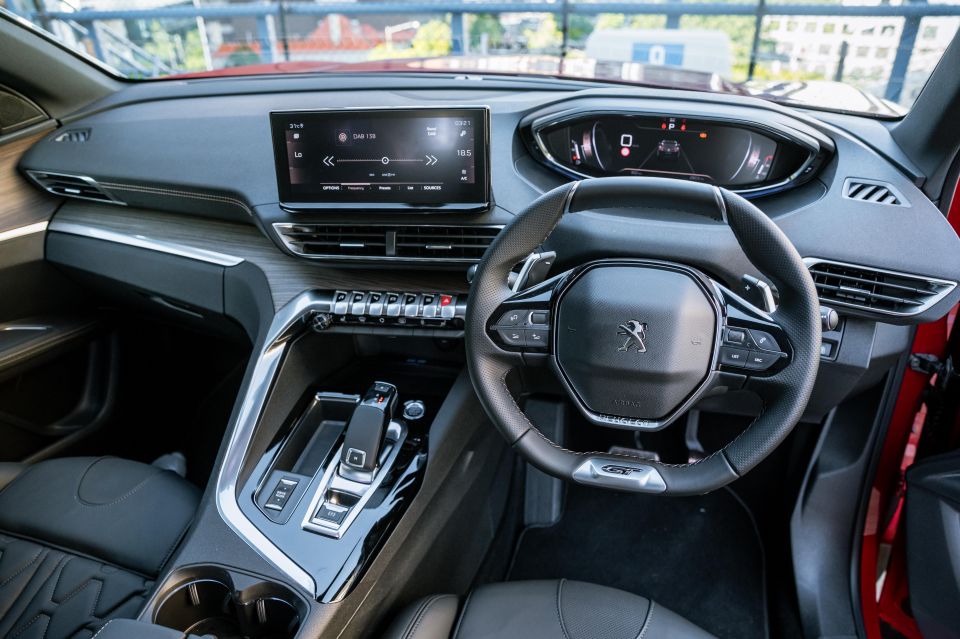
This is the most beautiful interior in the mid-sized SUV segment, bar none. It even puts some luxury rivals to shame in terms of design.
The minimalist centre stack is canted towards the driver, while vast reserves of elegant, subdued wood trim are bathed in soft blue ambient light.
The steering wheel features both a flat bottom and top, and is positioned lower than some rivals’ wheels, affording an undisturbed view of the high-mounted digital instrument cluster. There are also substantial paddle shifters mounted on the steering column.
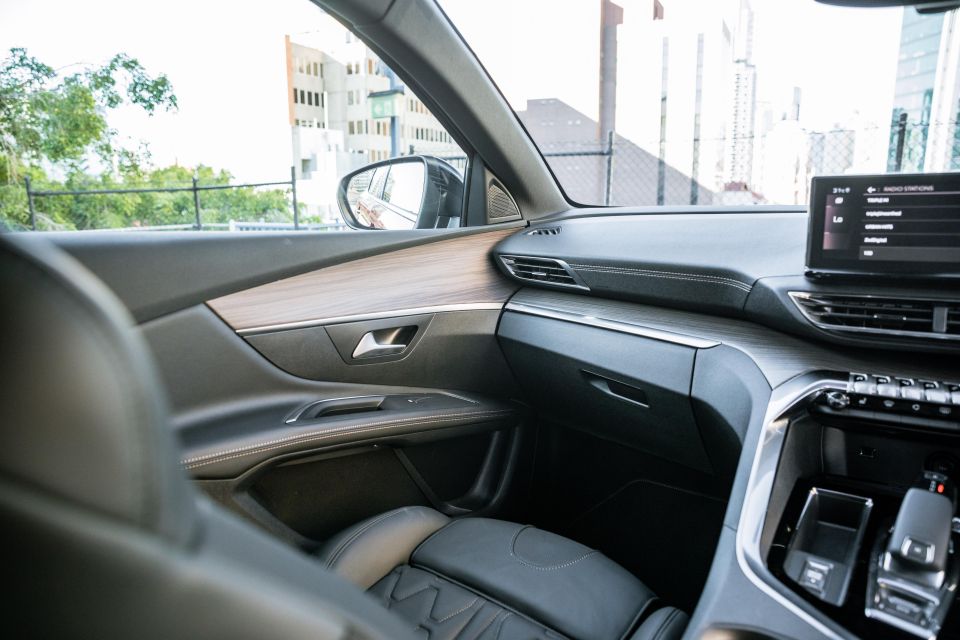
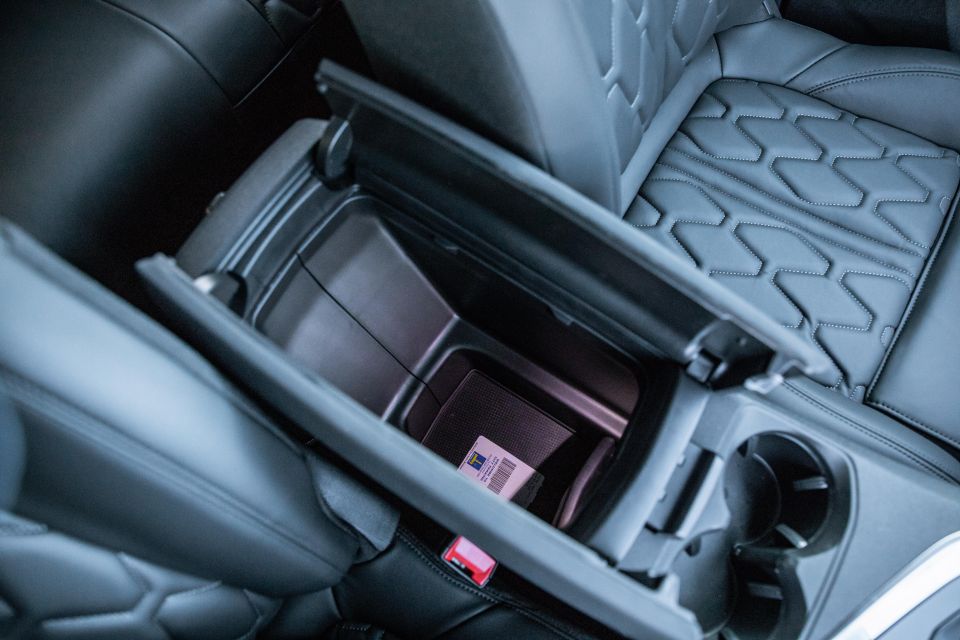
Material quality is excellent. The dashboard, doors and the sides of the centre console are swathed in soft-touch plastics, while the harder stuff used on the centre console and lower dash feature a similar graining so it blends in.
The front door pockets are lined in felt, a classy touch. The lid for the cavernous centre console bin also features some of the softest padding we’ve ever felt on such a piece.
A scroll wheel on the left-hand side of the steering wheel allows you to choose different views for the instrument cluster, while the settings button on the touchscreen allows you to switch between blue and copper colour schemes for the instruments and the infotainment.
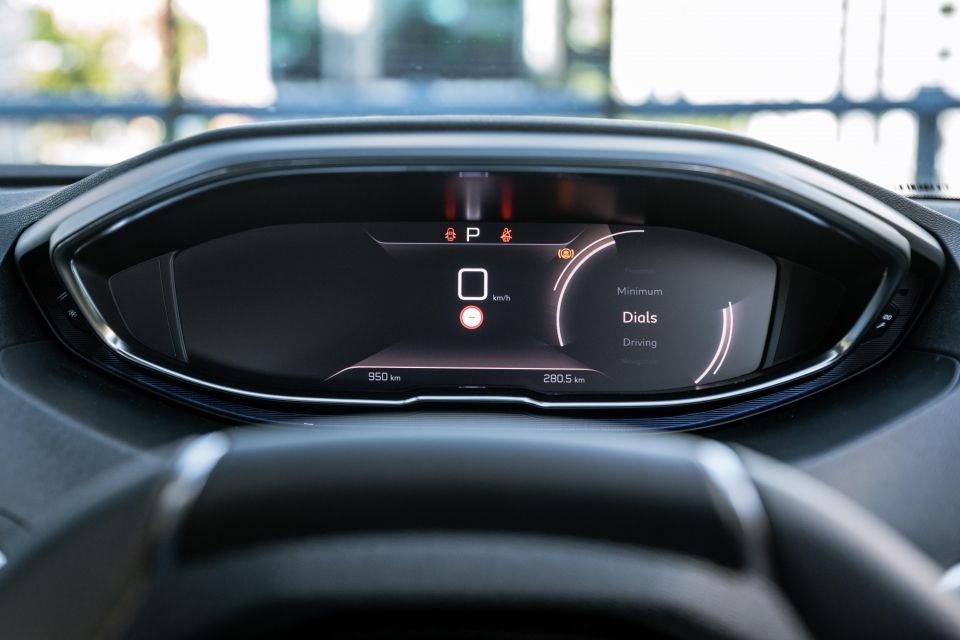

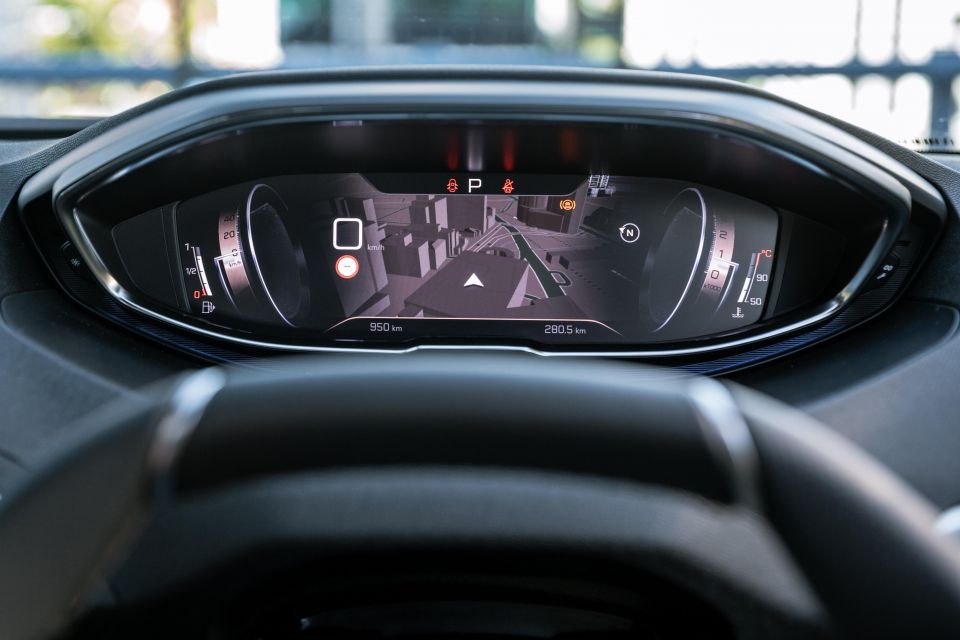
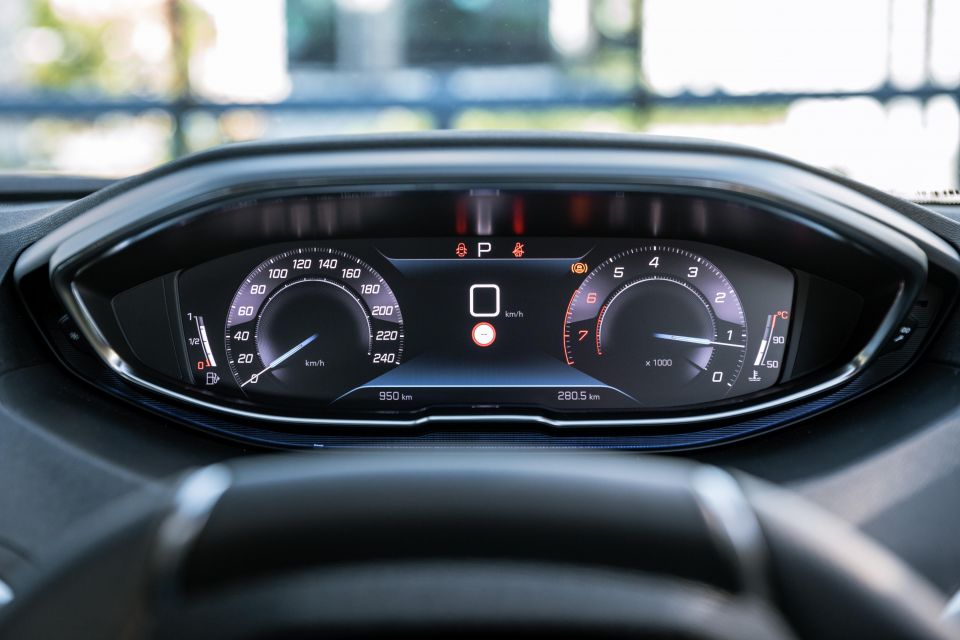
There are numerous different views available for the cluster, including a conventional dial set-up (our favourite) and a minimalist one that removes virtually all information bar the speed.
A navigation view also projects a map onto the instrument cluster, though it isn’t anywhere close to the level of detail you’ll find on a Volkswagen Group Virtual Cockpit.
One neat touch is how your next turn will be depicted in a circle in the instrument cluster even when you’re not on the navigation display. We also appreciate the matte finish for the cluster, which helps reduce glare. A pity the chrome trim around it casts a reflection on the windscreen.

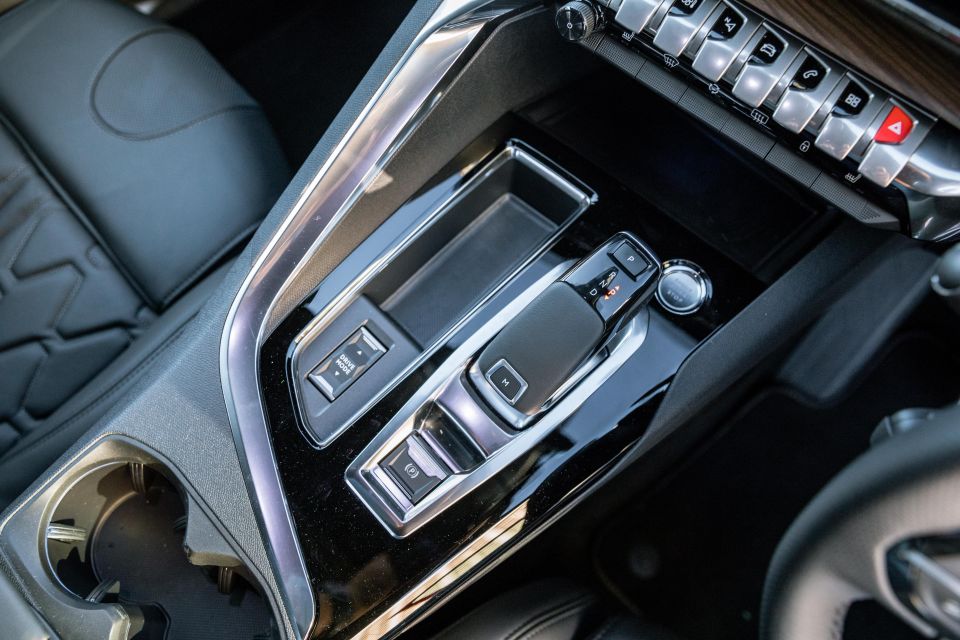
At the base of the centre stack is a wireless charging pad that’s cleverly tucked away but which still allows you to see your phone. On the centre console, you’ll find the drive mode selector and the electronic handbrake, plus a cool, quasi-pistol grip monostatic gear shifter.
You might think the squared-off, small steering wheel would take some getting used to but we adapted quickly. Its leather wrapping is a tactile delight, while its two-spoke style allows you to easily put one of your hands at six o’clock.
Early on, I had a couple of moments where I panicked the wheel was upside down but by the end of my time with the 3008, using the tiller felt like second nature to me. And though it has an unusual shape, it’s more Lamborghini Sesto Elemento than Austin Allegro in execution.
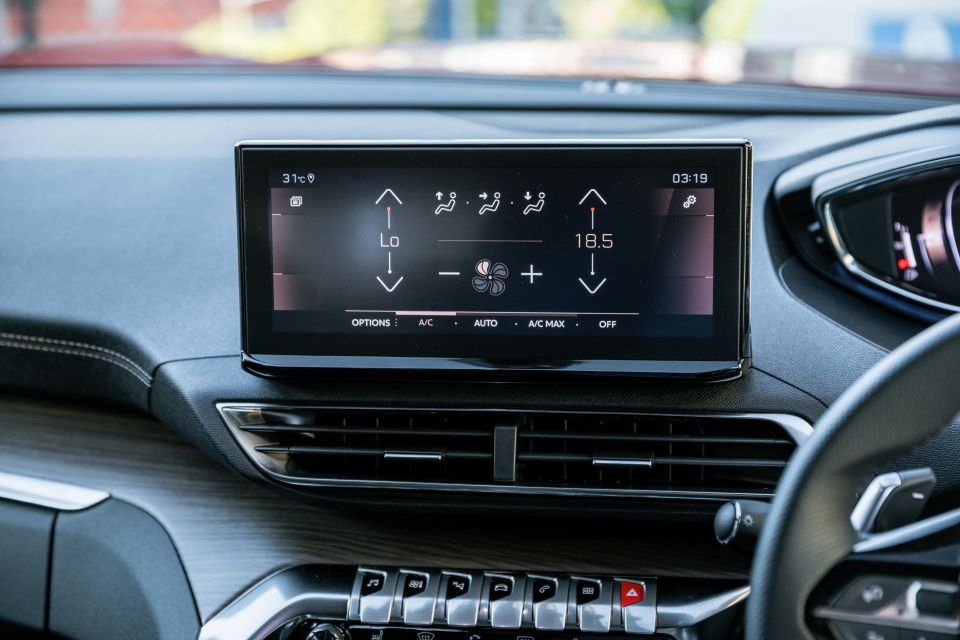
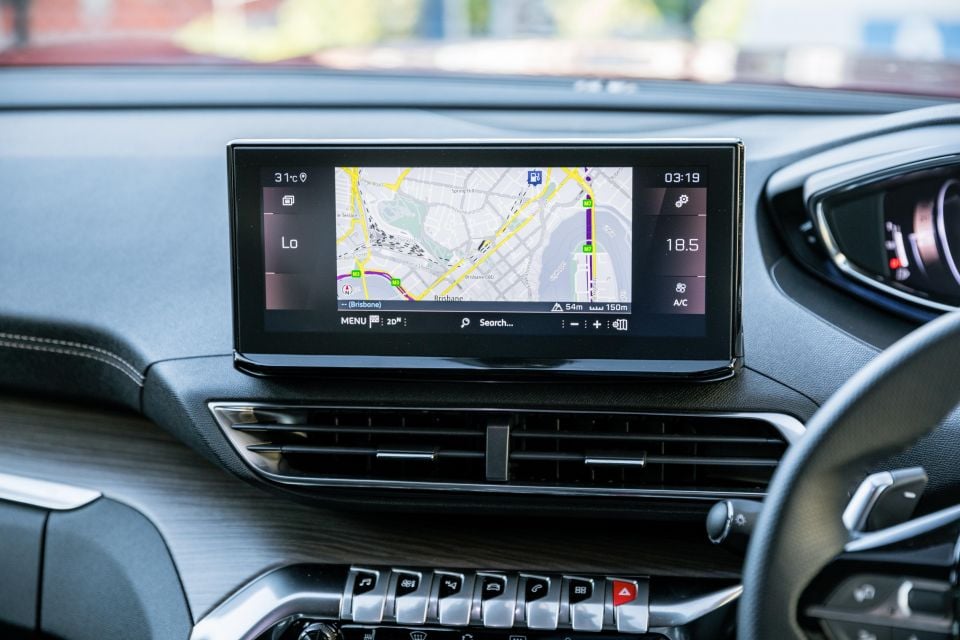
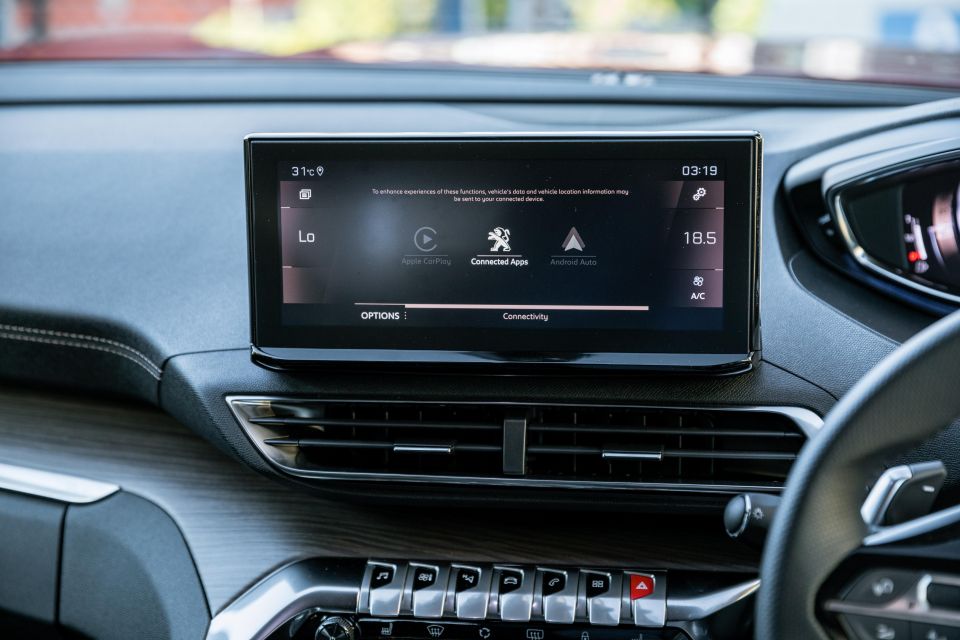
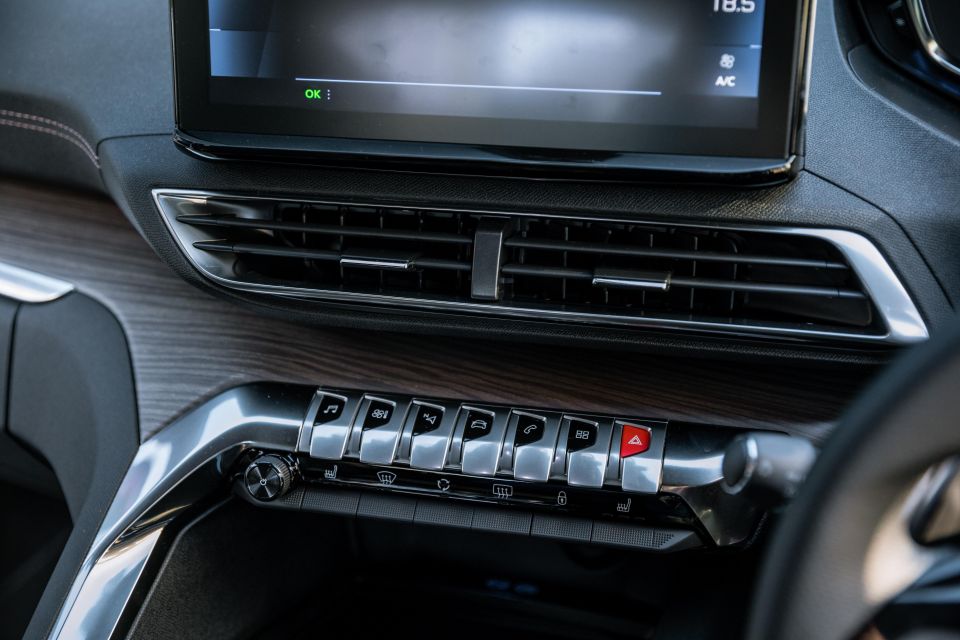
Some usability has been sacrificed on the altar of style, however. The row of metal-look toggle switches and the accompanying row of switches below look and feel nice, but in penning a minimalist centre stack, Peugeot’s designers have thrown conventional climate controls on the scrap heap.
That means actions as simple as changing the fan speed or your zone temperature have to be done on the touchscreen. Peugeot has at least included shortcut buttons on the touchscreen, visible even when you’re using smartphone mirroring.
The row of physical toggle switches includes one for the hazard lights, but otherwise consists only of shortcut buttons for the touchscreen.
Somewhat unusually, there’s no home screen. Instead, use the switches to flick between the different menus. All that’s missing is a physical switch to access the two additional network and miscellaneous settings menus, though shortcut buttons for these are always present on the touchscreen.
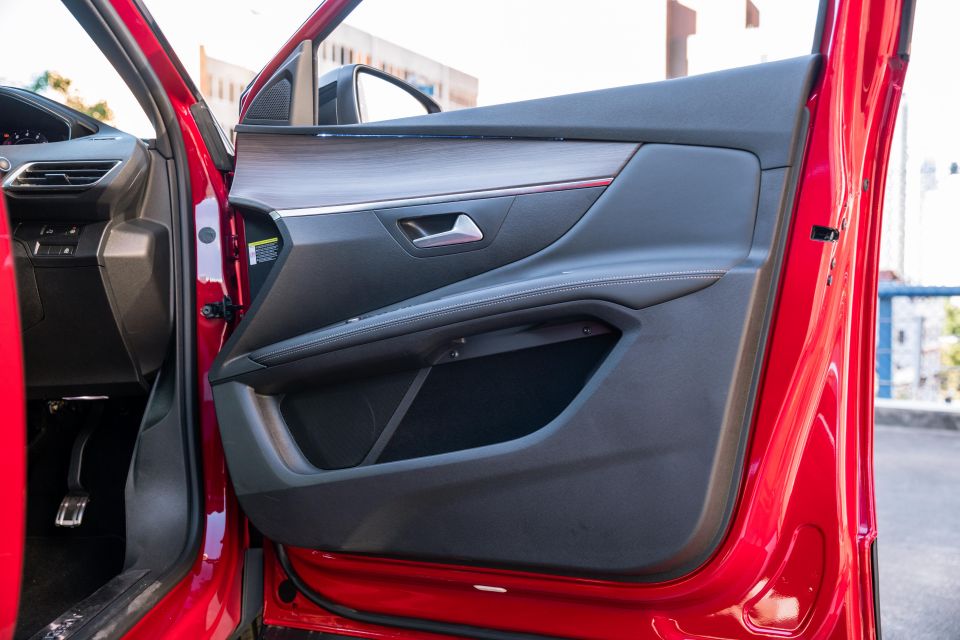
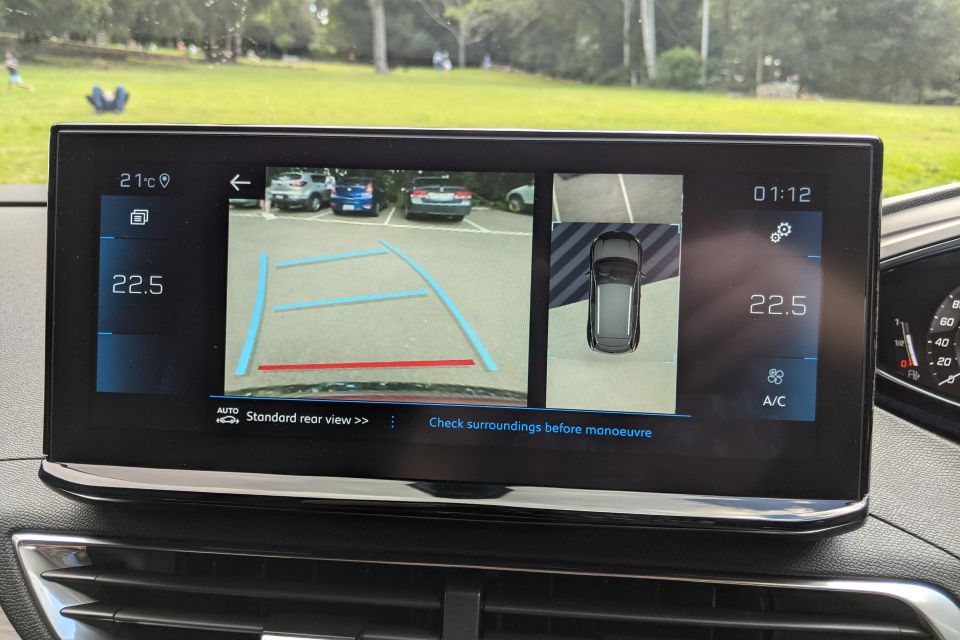
Where expert car reviews meet expert car buying – CarExpert gives you trusted advice, personalised service and real savings on your next new car.
The various functions on the touchscreen are by far the least impressive part of this cabin. The reversing camera footage quality is grainy, low-resolution and utterly disappointing, while the surround-view camera needs to gradually build a picture of the world around you before displaying its full image.
If you’re driving with Apple CarPlay or Android Auto activated and you want to change the fan speed, you need to press the climate switch and change the settings on the screen.
Then, to return to smartphone mirroring, you need to press the app toggle switch and select which app you want on the screen. It makes simple adjustments tedious.
Pressing the massaging seat button on the driver’s seat slowly brings up the menu on the touchscreen but doesn’t actually activate the massage function, which requires yet another press of the screen when there needn’t be one.

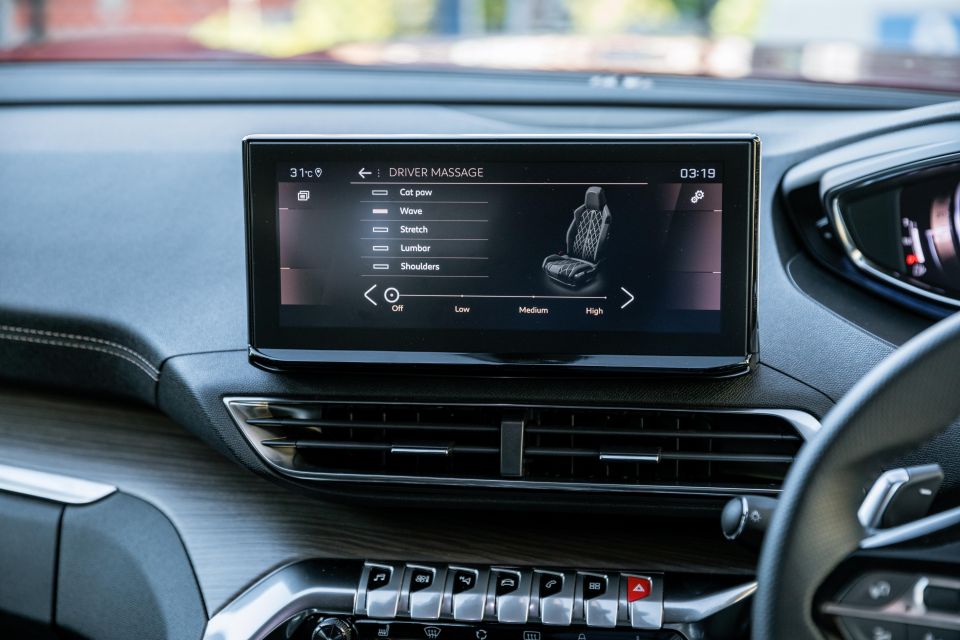
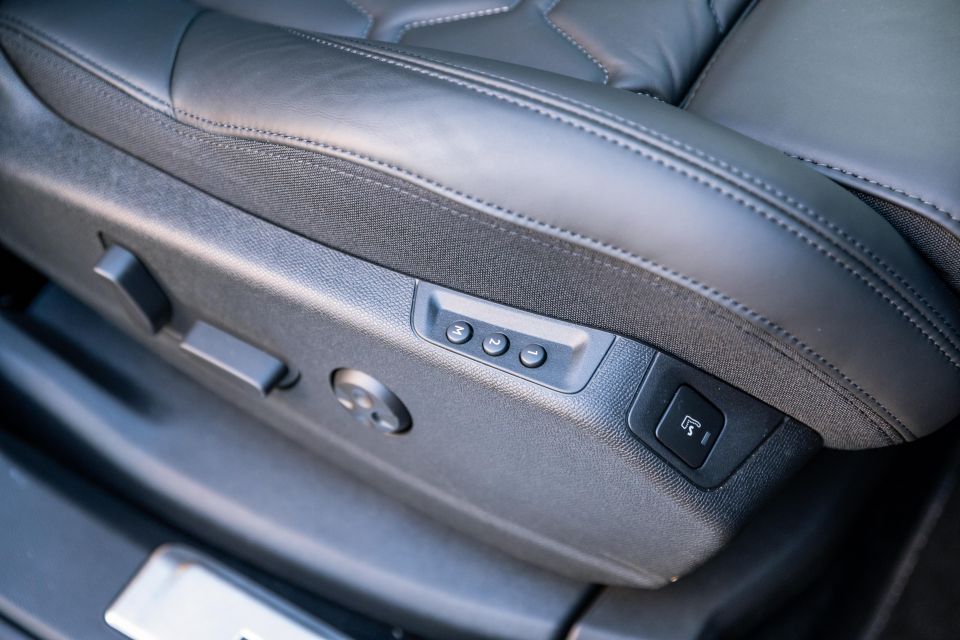
At least once the function is on, you can enjoy a satisfying massage on seats that are already thickly-cushioned and utterly comfortable. You can choose between five different styles, each with multiple levels of intensity.
There’s a voice prompt button on the steering wheel. This allows you to input a navigation address verbally, as well as change the climate controls. It understood us fairly well and spoke in a lovely, easy-to-understand English accent.
Even when you’re using smartphone mirroring, this button will only ever activate the factory voice prompt system. That’s good as you don’t lose functionality when your smartphone is plugged in.
There’s no physical switch for the semi-autonomous parking assist like in rivals so equipped, and there’s no Auto Hold function. Lane-keeping assist, conversely, can only be toggled using a physical switch located to the right of the steering wheel.
While we’re talking switches, the cruise control stalk requires a good study before you get out on the road. You get used to it but it isn’t intuitive at first, with the button at the end of it used not for starting and stopping the cruise but rather just pausing it.
That means if you press it while it’s not active, you simply get an error message saying you can’t perform that function at that time, which isn’t very helpful as it doesn’t explain what the function is.
Also, why are there buttons for volume on one side of the steering wheel but a wheel for skipping tracks on the other side? Why not a wheel for both?
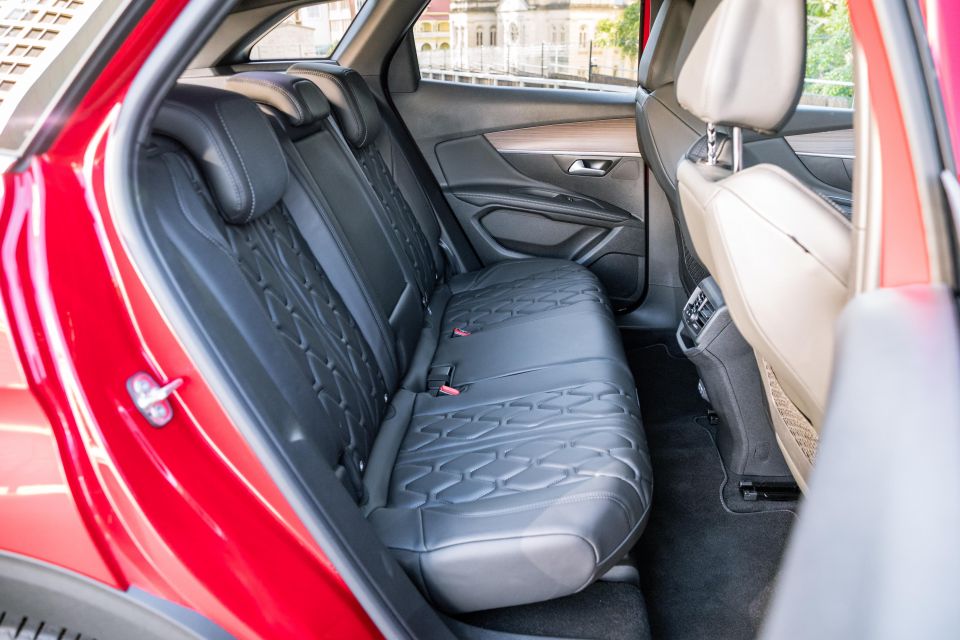
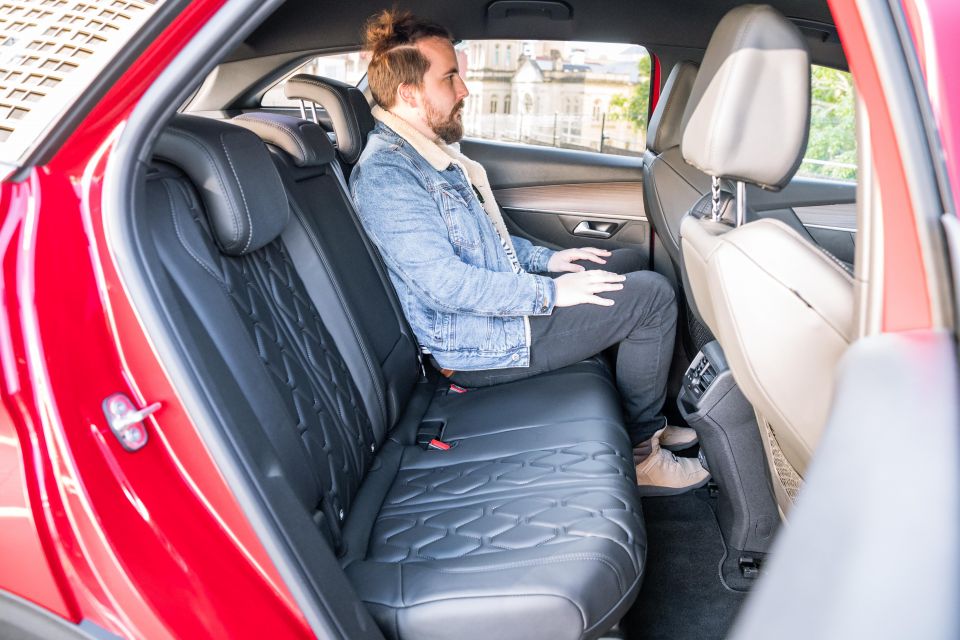
Stepping into the back, there’s a comfortable, Nappa leather-appointed bench with ample headroom and legroom. There are two USB-A outlets plus rear air vents, while Peugeot designers have shown you can both upholster seatbacks and scoop them out for extra knee room.
There’s no hard, scratchy plastic on the seatbacks, though the tops of the door trims miss out on the soft-touch plastics of the front doors and the pockets lack a felt lining.
There’s only the slightest increase in floor height for the middle-seat occupant, though the jutting out centre console may interfere with knee room somewhat.


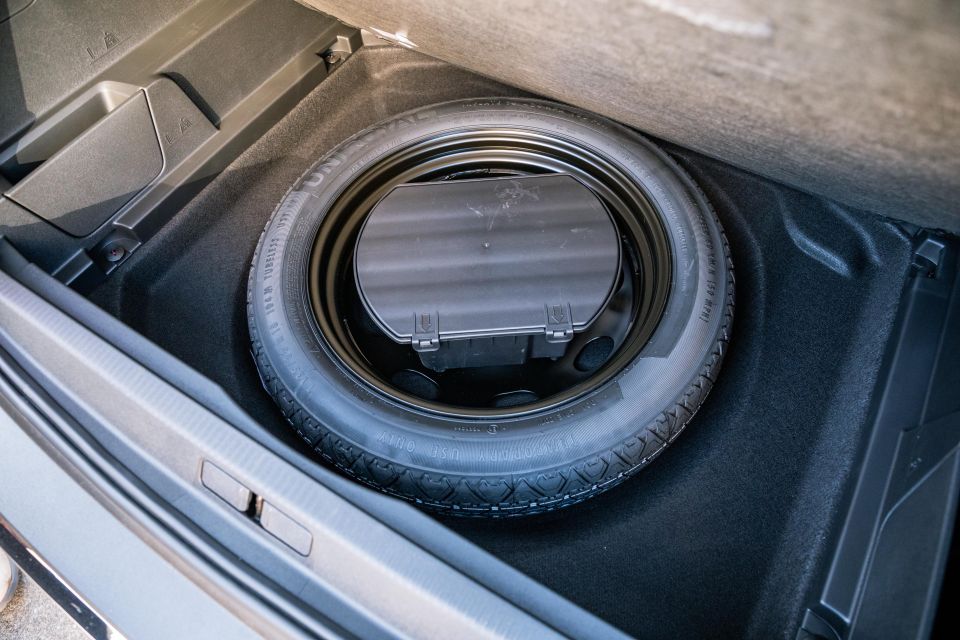
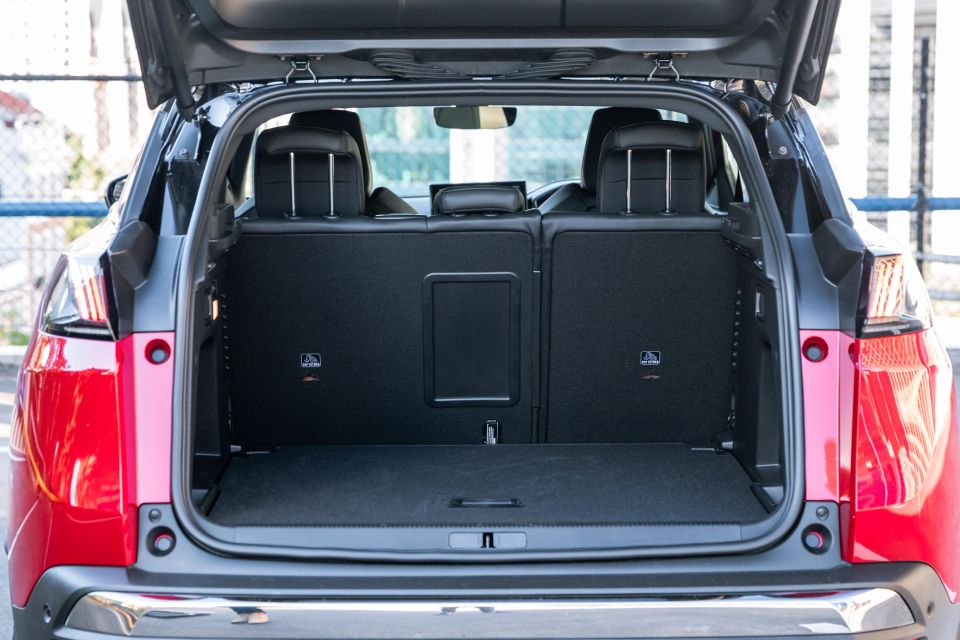
The boot has 591L of space measured up to the window line, which expands to 1670L up to the roof with the rear seats folded. There’s no trick storage back here, though there are buttons to drop the rear seats. Underneath the load floor is a space-saver spare.
We have a couple of miscellaneous observations to round this section off. The mirrors dip when you put the car into reverse which is extremely helpful when looking out for kerbs and parking lines, especially considering the camera footage is so poor.
Finally, the start button for the car requires an unusually firm push to both start and stop it.
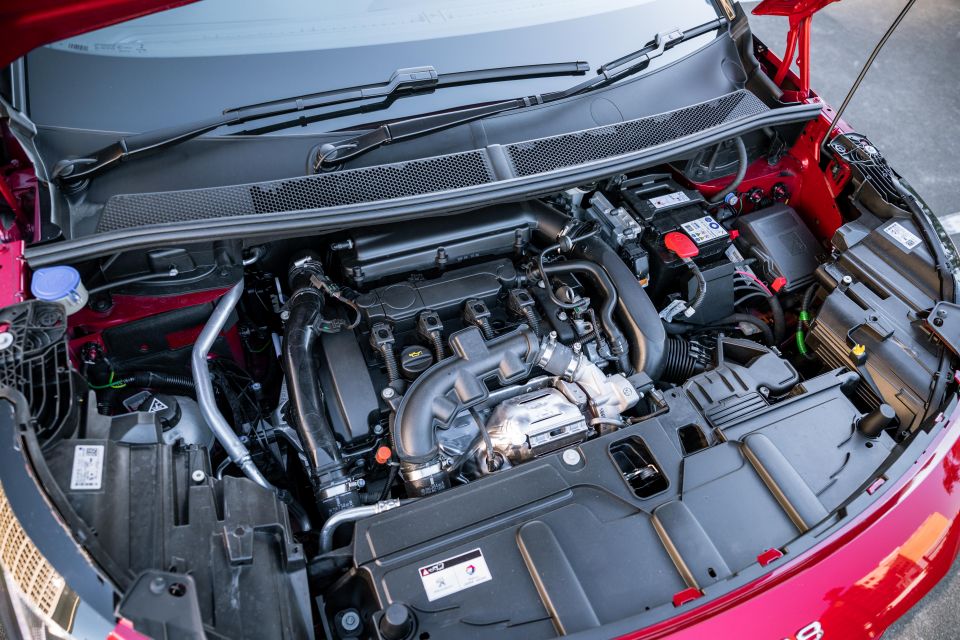
Like the base Allure, the GT features a standard turbocharged 1.6-litre four-cylinder engine producing 121kW of power and 240Nm of torque, mated to a six-speed torque-converter automatic transmission.
There’s no automatic stop-start like the flagship GT Sport, which also upgrades to an eight-speed auto and features an additional 12kW and 10Nm.
The GT’s outputs are adequate for the class, albeit so-so at this price point. The base naturally-aspirated 2.5-litre four in the Mazda CX-5, for example, produces 140kW and 252Nm. Its optional turbocharged 2.5-litre, however, bumps outputs to 170kW and 420Nm.
The mid-range 3008 GT is the only member of the range to offer the option of a diesel. It’s a 2.0-litre four-cylinder unit with automatic stop/start, an eight-speed automatic, and while it doesn’t have much more power (131kW) it has a lot more torque (400Nm).
Peugeot claims 0-100km/h times of 9.9 seconds for the GT petrol, 8.8 seconds for the GT Sport, and 9.0 seconds for the GT diesel.
All 3008s are front-wheel drive, though there’s an all-wheel drive, plug-in hybrid model coming this year called the GT Hybrid4.
It features two 80kW electric motors, mated with the turbo 1.6-litre petrol and a 13.2kWh battery pack. All up, there’s 221kW of power and 59km of electric range.
A front-wheel drive plug-in hybrid will also be available with a single electric motor, 165kW of power, and 56km of electric range.
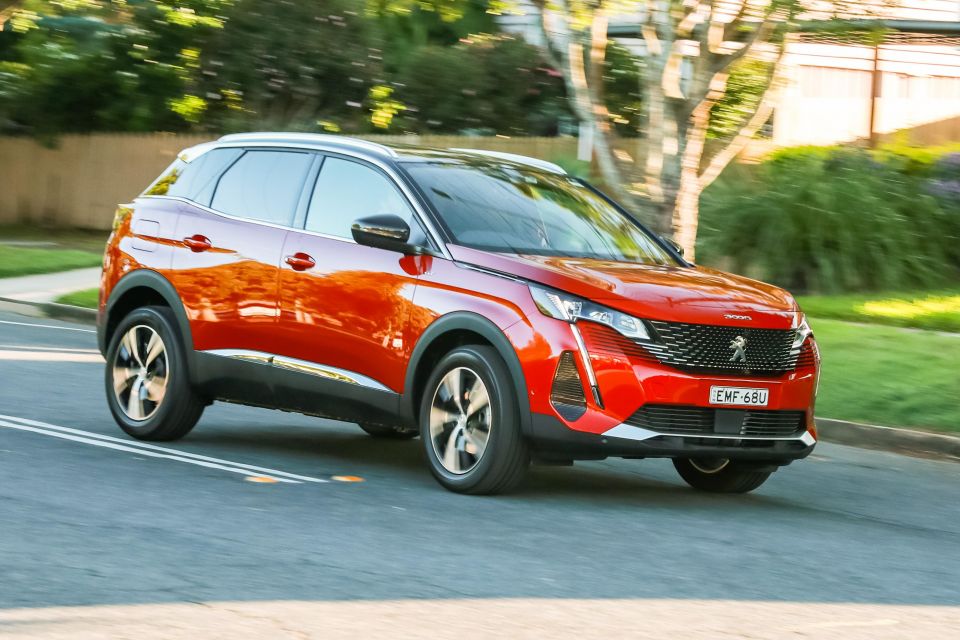
While its corporate cousin the Citroen C5 Aircross touts its “magic carpet ride”, the 3008’s suspension tuning is on the firmer side of things.
We took the Peugeot out on some heavily rutted rural roads and it was never crashy, though it sometimes took a second to settle from larger bumps and ruts.
The steering is nicely weighted in the default drive mode. Flicking it to Sport just adds too much artificial weight without a sufficient payoff in terms of throttle response to make it worth it.

We’d stop short of calling the 3008 fun-to-drive, though in terms of handling it’s on par with much of the mid-sized SUV segment. That means a touch of understeer, a smidgeon of body roll, but ultimately safe, neutral handling.
The turbocharged four-cylinder engine feels sprightly enough around town, with peak torque available at a low 1400rpm. That means you rarely have to put your foot to the floor and, should you do so, the 3008’s engine has a better sound than many rivals punctuated by the occasional whoosh of the turbocharger.
Road noise is kept in check, with only the slightest wind noise around the exterior mirrors at highway speeds.
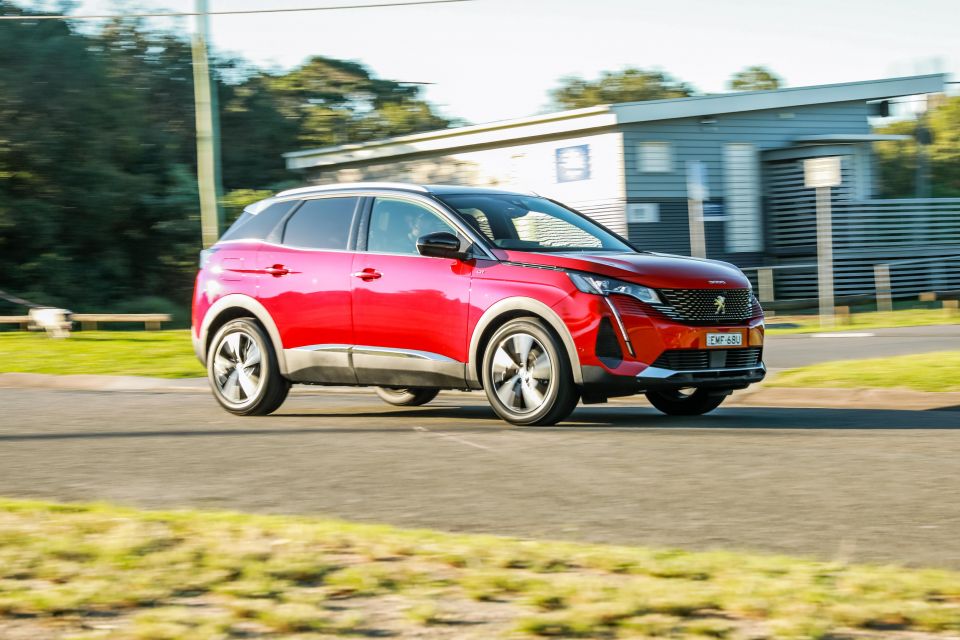
On steeper grades, the 3008 has to work a little harder and yet still upshifts readily, such is the economy focus of this transmission.
While it does feature a turbocharger, this is still a small-displacement engine with modest outputs. When overtaking or tackling a steep hill, the transmission has to shuffle back a few gears.
The lane-keeping assist doesn’t work as effectively as systems in Hyundai, Kia and Volkswagen products, to name a few, and employs a “too little, too late” lane-keeping strategy.
The GT petrol, along with the base Allure, also miss out on the lane-positioning assist in other 3008 models.
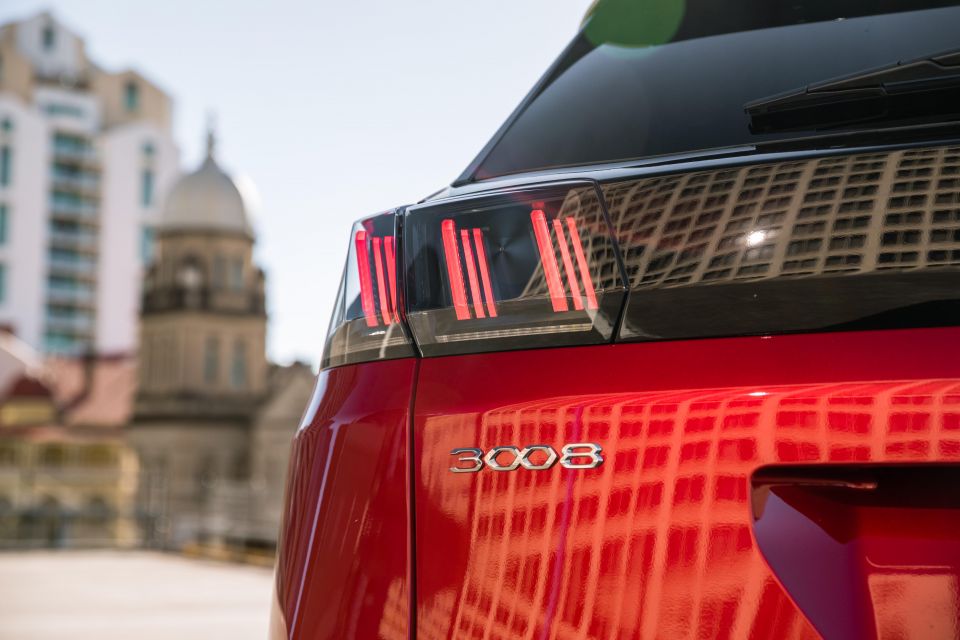
Over a mix of inner-city, suburban and highway driving, we averaged 7.7L/100km.
That’s not too far off the claimed 7.0L/100km for the GT, which unusually drinks less fuel than the Allure (7.3L/100km) with which it shares its powertrain. The 3008 requires 95RON premium unleaded fuel.
It’s covered by a five-year, unlimited-kilometre warranty, with Peugeot also offering five years of capped-price servicing. Servicing intervals are every 12 months or 20,000km, whichever comes first.
There’s not much separating the three different 3008 powertrains in terms of servicing costs. The GT petrol’s first five services cost $397, $775, $397, $788 and $410, or $2768 all up over five years.

The 20,000km intervals are longer than most rivals but the service prices are more expensive.
A Toyota RAV4, for example, requires servicing every 12 months or 15,000km and costs $215 for its first four services, while a Nissan X-Trail costs an average of $327 for its first five services.
Even an Audi Q3 costs slightly less to service over five years at $2630 if you purchase the pre-paid plan.
As always, it’s worth comparing the 3008’s capped-price servicing with rivals, taking into account the different intervals and what’s included in each log-book service.
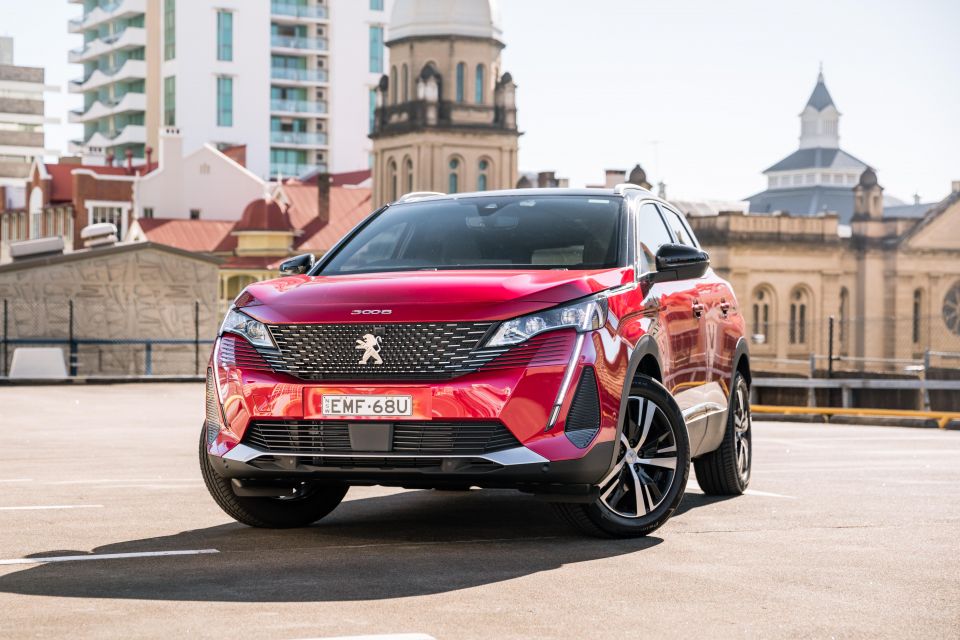
The 3008 is the beauty queen of the mid-sized SUV segment, but there’s substance here too.
Its ride and handling are solid, while its classy cabin is nicely hushed and its willing (if only adequately powerful) engine sings all the right notes.
That price will be an impediment for some buyers, though even the redesigned Hyundai Tucson is $50,000 before on-roads in top-spec Highlander trim with an identically-sized engine.
Put the 3008 against a Lexus NX or Audi Q3 and it looks like good value, but pit it against a Mazda CX-5 turbo and its value proposition gets shakier. Its servicing costs are on the high side, too.
The infotainment system and controls need some finessing, while the reversing and surround-view cameras need to be discarded completely and replaced with decent ones.
Ultimately, the 3008 avoids the “French car trap”. It isn’t quirky to the point of alienating conservative buyers, while its futuristic, upscale styling inside and out makes it a real crowd pleaser.
With a little extra power or a little lower of a price, the 3008 could offer style and substance in equal measure.
MORE: Peugeot 3008 news, reviews, comparisons and videos

Click the images for the full gallery
Where expert car reviews meet expert car buying – CarExpert gives you trusted advice, personalised service and real savings on your next new car.
William Stopford is an automotive journalist with a passion for mainstream cars, automotive history and overseas auto markets.


Max Davies
5 Hours Ago


William Stopford
21 Hours Ago


Ben Zachariah
22 Hours Ago


Derek Fung
22 Hours Ago


Matt Campbell
1 Day Ago


William Stopford
2 Days Ago